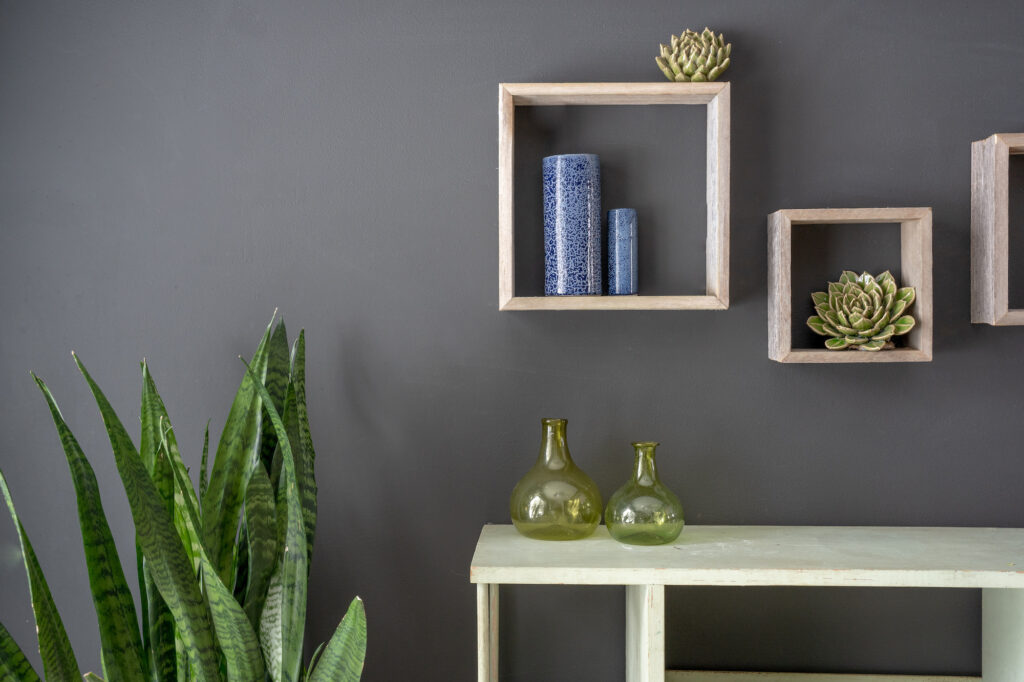We are sharing all 3 parts of this interview with Sramana Mitra individually-this is part 3, logistics and trends!

Posted on Wednesday, Oct 13th 2021
Sramana Mitra: You operated in a zero-logistics mode with domestic manufacturers. Since 2018, how long did you operate in that mode before introducing the logistics operation?
Gil Bar-Lev: We started the logistics operation in the last quarter of 2020. We started with just one warehouse in California. Then we expanded and now have two. We’re working on a partnership with UPS. Through that, we’ll be able to launch multiple warehouses across the nation.
The purpose of the warehouse is to leverage data to understand where the demand is over time. We know where the demand is. There might be a lot of different products that might be good sellers in California, but there’s hardly any demand in New Jersey. It doesn’t make sense financially in New Jersey.
Sramana Mitra: What are the other trends in the wholesale e-commerce space? How big is wholesale e-commerce today?
Gil Bar-Lev: I’ll just focus on my industry which is the furniture and home décor — it was about $250 billion as of last quarter of 2020. The trend that I’m seeing is more and more people want to sell online. More people want to have a shopping experience similar to how we are familiar with when we sell retail online. Homeroots is aligning with the increasing demand for B2B e-commerce to look like B2C e-commerce. At the end of the day, the resellers are also customers themselves.
Breaking it down to smaller pieces of what that means is that you want unlimited access to the product. We go to different marketplaces to buy because we have good confidence that whatever we want, we’ll be able to find online. I want to have multiple payment options. Today, there are so many payment options out there. You’re also looking for superior product content like description, images, and attributes. You’re looking for a partner who you can buy from and who can give you that.
Additionally, you want your products fast with a superior customer service. They’re looking for continuous service. They’re also looking for personalization. When I buy from you, I want to see the products that are, most likely, of interest to me. Everything comes from how we, as consumers, view e-commerce. It’s not just small guys that are looking for that. Even the bigger ones are looking for the same. They’re looking for vendors that can help them scale. There are trends related to vendor rationalization and SKU rationalization.
Sramana Mitra: One question that comes to my mind is that these are all e-commerce players. There are millions of them. There are millions of mom-and-pops who want to do zero-logistics e-commerce. Do you drop-ship?
Gil Bar-Lev: Yes, that’s what we do. You don’t have the time to take care of trucks to collect the items from the warehouse. That’s not an easy task. This is very expensive. We offer them a complete suite of solutions. What’s setting us apart from other vendors is that we also offer our logistics service. Upfront, they know exactly how much they need to pay for shipping, how it’s going to get shipped, and by when it’s going to get delivered. This is very unique to us.
Sramana Mitra: What other categories besides furniture are you doing?
Gil Bar-Lev: For the moment, that’s the main category. We’ve been expanding in overlapping categories of pet furniture. Everything in and around your house basically.
Sramana Mitra: From your vantage point, are there categories where there is white space for people who want to start e-commerce businesses?
Gil Bar-Lev: Everything in the living room is a big category. That could range from sofa to coffee tables. That’s the biggest category. Because it’s the biggest category, it has the most amount of products. A smart move would be to go into a hybrid mode where you introduce products for your rooms.
There are also a few problems that I’m seeing. The key customer problem that we’re seeing is what product should you sell. The problem that we’re solving for them is what products to sell and how to sell my products. For the advanced sellers, how do I get them sold without a sales channel conflict?
The third one is, how can I get the advantage of getting the products faster to my customer than anyone else. That’s a common mistake that many importers are doing. They’re spending so much money on bringing the goods to the US wherever they can bring them. It’s not necessarily where the demand is.
Sramana Mitra: Very interesting. Thank you for your time.















